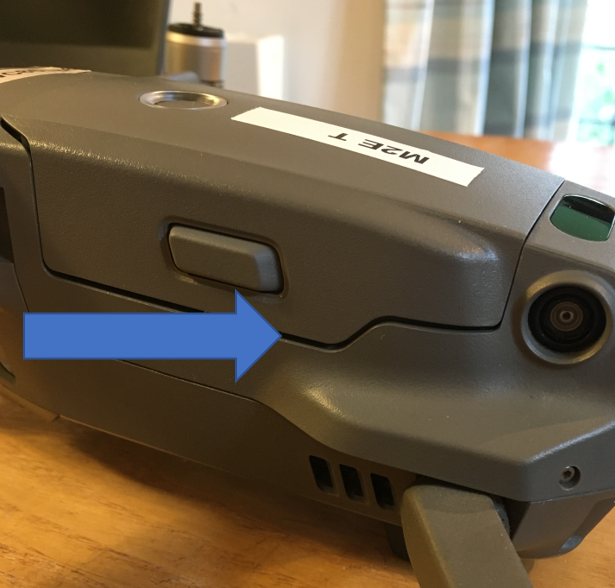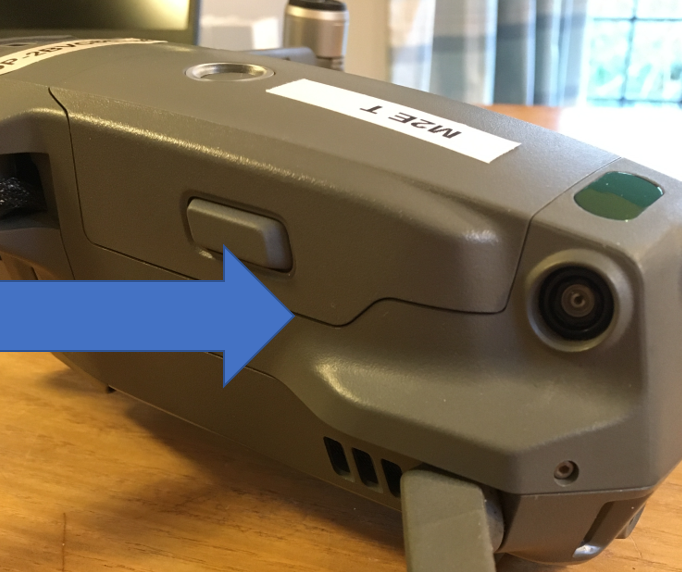The Charity
Aviation
Maritime
DUAS18
Initial Report
The flight crew were wearing gloves to install batteries into a Mavic 2 Enterprise Advanced. The battery powered-on the UA but when it came to take off, an error was displayed stating that the battery was not inserted correctly. The flight was cancelled. Upon visual inspection, the battery looked as if it was installed correctly, but when it was firmly depressed, 2 audible clicks were heard, and the battery was then secure. It was about 1°C and the flight crew were wearing gloves that would have meant loss of dexterity.
Lessons Learned:
Be aware that wearing gloves will mean that the sense of touch will be less sensitive than normal. This could lead to perception being misled, i.e. the perception that the battery has been installed correctly, when in fact, it has not. The safety of the system was robust enough to give a warning to the Remote Pilot and safety was not compromised at any time. Internal procedural changes to the pre-flight checks are deemed sufficient to prevent a repeat occurrence. An Internal Safety Notice was created to inform all Remote Pilots of the failure.
Procedural changes:
The following improvements are to be made to the pre-flight checklists every time a battery is installed onto a Mavic:
- Install battery onto the UA. Ensure a click is heard as the battery clips into place. Note that more than a single click may be heard.
- Try to remove the battery without pressing the battery release tags.
- Repeat the above procedure or cross check with another remote pilot if you are unsure.
- Check for warnings on the controller before launch. If a warning is seen, cancel the flight and rectify.

Figure 1 – Battery not clicked into place (note gap)

Figure 2 – Battery securely clicked into place (gap reduced)
CHIRP Comment
This was a well caught and handled incident, that may well have had consequences if it had been any different. If a battery is not properly fitted into the aircraft and contact between the battery and airframe is lost, even momentarily, the motors will stop and the aircraft will descend vertically to the ground. We would recommend:
- For this model of RPAS, hearing the double click and feeling for the potential gap (with gloves removed), is essential!
- If you are operating in low temperatures, always be aware of the operating temperature range. In the case of a Mavic 2 it is -100 to + 400 C
- The Manufacturer or Operator might consider applying witness lines, which would make it easier to visually identify an incorrectly seated battery.
- It is worth noting that just because the Mavic 2 is thought of as being easy to deploy, it does not mean the pilot can ignore pre-flight checks. Easy to do in haste, but this may lead to repenting at leisure.